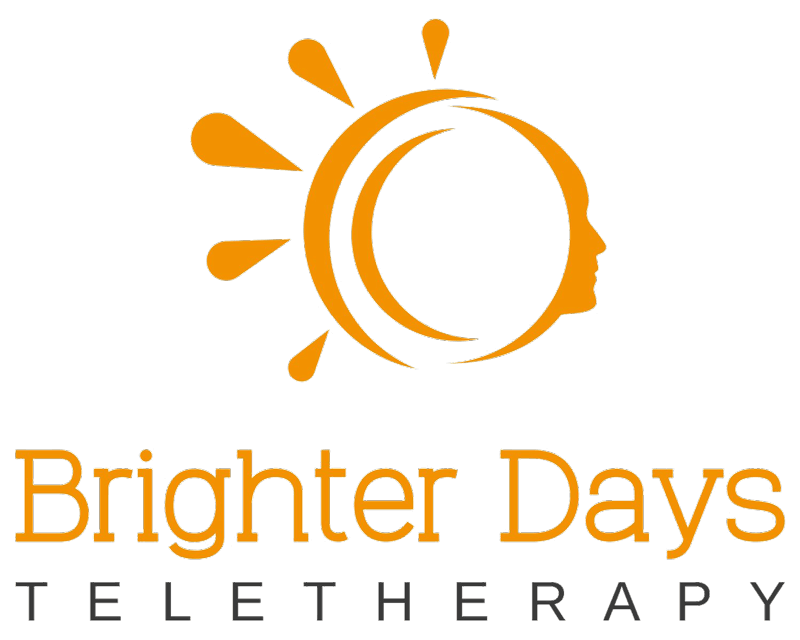Understanding Childhood Trauma and Its Impact on the Brain
Childhood is a critical time for brain development. It's when we learn how to understand the world, form relationships, and develop our sense of self. But what happens when this formative period is marred by trauma? Trauma, especially in childhood, can significantly impact brain development, leading to challenges in adulthood.
According to a recent study that included reviewing MRIs of children that had experienced trauma- emotional neglect, abuse, etc- changes in the brain were observed:
“The results of our study appear to reveal a common neurodevelopmental cognitive substrate underlying having trauma histories during childhood. It suggests a potential imbalance in bodily and cognitive processes; such an imbalance may influence emotions, learning, memory and problems with self-other processing.’”
(https://www.sciencedirect.com/science/article/pii/S2451902224000223?via%3Dihub#abs0010.)
Let's break down these complex processes into simpler terms and explore how therapeutic interventions can help heal and rewire the brain.
The Effects of Trauma on the Developing Brain
When a child experiences trauma, such as abuse, neglect, or witnessing violence, it can disrupt the normal development of their brain. The brain is designed to adapt and survive, so it develops in response to the environment. In a nurturing environment, the brain strengthens pathways related to love, trust, and safety. However, in a traumatic environment, the brain prioritizes survival, often at the expense of other functions.
1. Hyperarousal: The brain's "fight or flight" response becomes overly active. Imagine your brain's alarm system is too sensitive, going off at the slightest hint of danger, even when there's none. This can lead to anxiety, impulsiveness, and difficulty concentrating.
2. Emotional Regulation: The part of the brain responsible for managing emotions (the prefrontal cortex) may not develop fully, making it harder to control emotions. This can result in mood swings, anger outbursts, or depression.
3. Attachment and Relationships: Trauma can affect the development of the brain areas involved in forming and maintaining relationships. If a child's early experiences with caregivers are unsafe or inconsistent, they may struggle with trust, intimacy, and dependency in adult relationships.
Attachment Trauma and Its Ripple Effects
Attachment trauma occurs when the bond between a child and their caregiver is disrupted. This bond is crucial for a child's sense of security and self-worth. When this bond is threatened by neglect, separation, or abuse, it can lead to attachment disorders. Adults with attachment trauma may find it challenging to form healthy relationships. They might become overly dependent on others for validation or, conversely, avoid closeness altogether, fearing betrayal or abandonment.
The Long Road to Healing: Rewiring the Brain
The good news is that the brain is incredibly adaptable, a quality known as neuroplasticity. This means that with the right interventions, it's possible to 'rewire' the brain, forming new, healthier pathways. Here's how various therapeutic approaches can facilitate this healing process:
1. Psychotherapy: Traditional talk therapy can provide a safe space to process trauma. By discussing and understanding past experiences, individuals can start to reframe their thoughts and beliefs, leading to changes in brain patterns associated with these thoughts.
2. EMDR (Eye Movement Desensitization and Reprocessing): EMDR is a specialized therapy that helps process and integrate traumatic memories. The therapist guides the individual through a series of eye movements while recalling the trauma, which can help reduce the emotional charge of these memories. This process can alter the way the brain stores and responds to traumatic memories.
3. Cognitive-Behavioral Therapy (CBT): CBT focuses on changing negative thought patterns and behaviors. By challenging and replacing these thoughts with more balanced ones, the brain starts to form new, healthier pathways, reducing symptoms of anxiety and depression.
4. Mindfulness and Meditation: Practices like mindfulness and meditation can help calm the hyperaroused "fight or flight" system. Regular practice can strengthen the brain's pathways related to attention, emotion regulation, and calmness.
5. Somatic Therapies: These therapies focus on the connection between the mind and body. Techniques like yoga, breathwork, and sensorimotor psychotherapy can help release the physical tension that's often held in the body due to trauma, promoting a sense of safety and grounding.
6. Secure Relationships: Building healthy, secure relationships as an adult can also be therapeutic. Positive interactions can help rewire the brain's understanding of relationships, reinforcing pathways associated with trust, safety, and attachment.
The Journey Forward
Healing from childhood trauma is a journey that involves rewiring deeply ingrained patterns in the brain. It's a process that requires patience, support, and often professional guidance. While the effects of trauma can be long-lasting, the brain's capacity for change offers a pathway to recovery and resilience.
For those struggling with the aftermath of trauma, it's crucial to remember that you're not alone, and help is available. Engaging in therapy, exploring healing practices, and building supportive relationships can all be part of your journey toward healing. Remember, it's never too late to seek help and start the process of rewiring your brain for a healthier, happier life.




